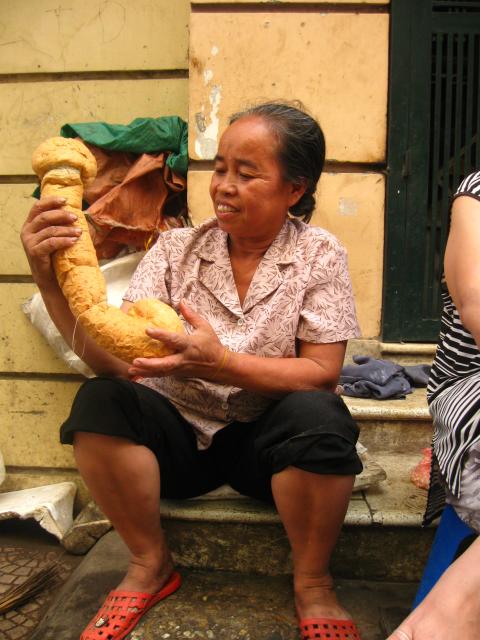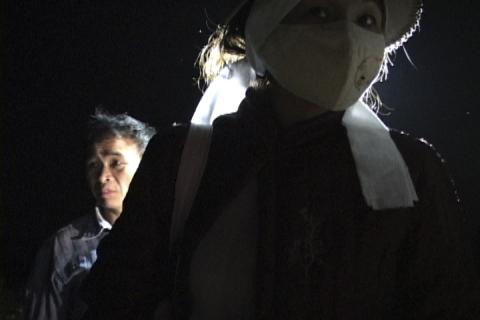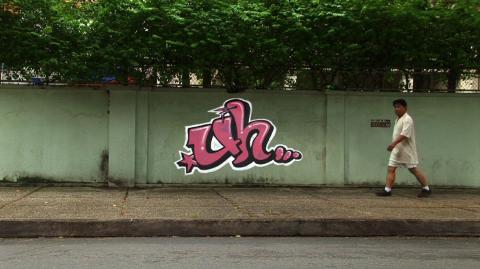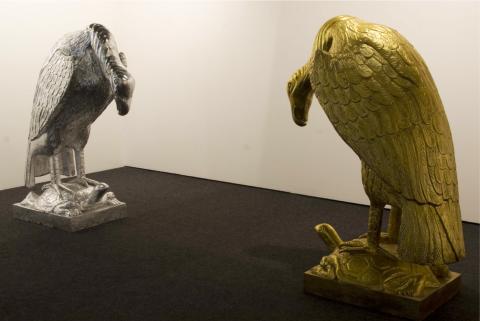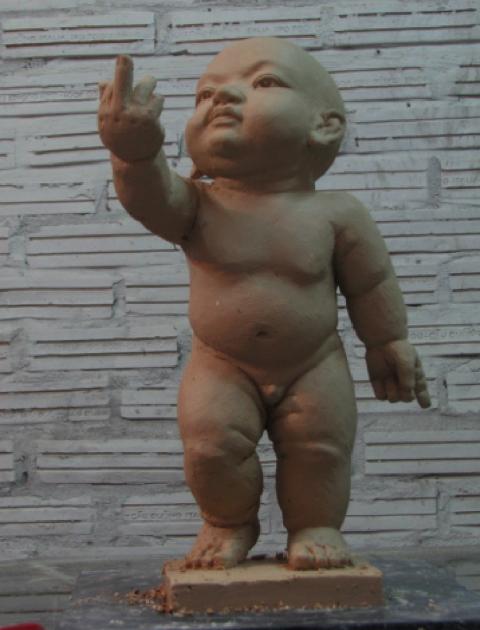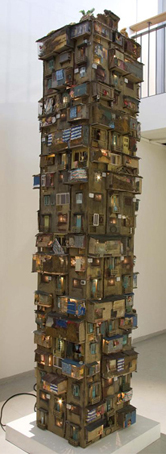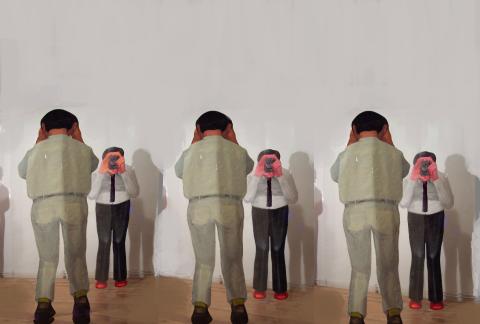My two videos in this exhibition utilize the visuals of death rituals as a vehicle to connect with the past. 93 Years, 1383 Days, a personal film of my grandmother’s bone-cleaning and reburial ceremony, boc mo, carried out nearly four years after her death, can be seen – perhaps – as a performance of the life-to-death transition.Watching her remains being unearthed, each bone cleaned one by one, and then reburied, I felt this Vietnamese custom to be gentle for both the dead and the living. Spring Comes Winter After, using footage from the public funeral of an important poet who was banned for decades in Vietnam, is connected to the political and historical situation of the country, provoking some questions still impermissible to be asked publicly in present-day Vietnam. What if one can play history in reverse and then replay it again?
|
